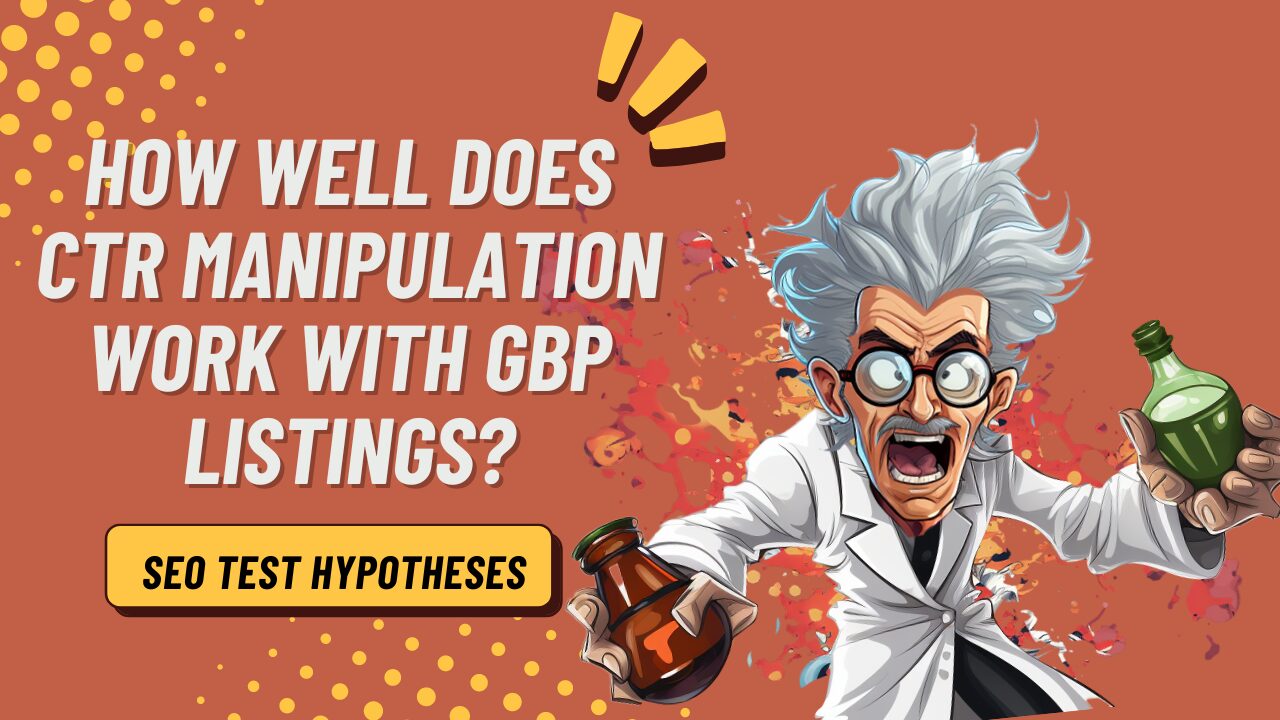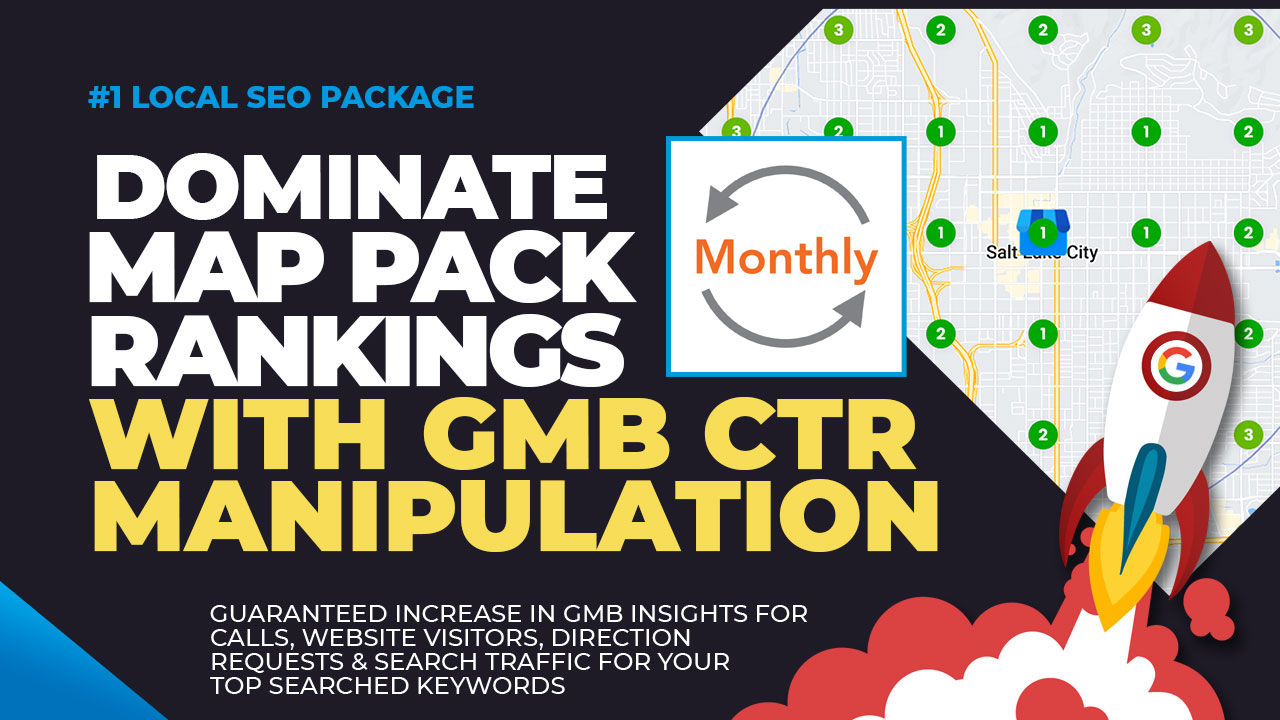Open Higher Positions with Effective CTR Manipulation Methods
Wiki Article
Optimizing Organic Click-Through Rates With CTR Adjustment
The optimization of organic click-through prices (CTR) is a nuanced endeavor that pivots on understanding both individual psychology and effective content discussion. The landscape is swarming with misconceptions and oversimplifications about what absolutely drives CTR.Recognizing Click-Through Rates
Recognizing click-through prices (CTR) is necessary for assessing the efficiency of internet marketing strategies. CTR measures the percent of customers that click on a specific link or promotion contrasted to the total variety of customers that watch it. A greater CTR suggests that the material is involving and pertinent to the target audience, while a lower CTR might signal a requirement for optimization.To determine CTR, split the number of clicks by the number of impressions and increase by 100. If an advertisement obtains 300 clicks out of 10,000 impacts, the CTR would be 3%. This metric is essential for examining various aspects of digital marketing, including seo (SEARCH ENGINE OPTIMIZATION), email campaigns, and social media marketing.
Moreover, assessing CTR aids online marketers determine which approaches generate the finest results and which call for improvement. By focusing on boosting CTR, companies can improve their content's exposure and efficacy, causing increased web traffic and prospective conversions. Understanding the subtleties of CTR is foundational for any type of online marketer aiming to enhance their on-line existence and make the most of roi (ROI)

The Psychology of User Actions
User habits is significantly influenced by emotional variables that determine just how people interact with on-line content. Comprehending these variables is important for optimizing click-through prices (CTR) in natural search results.Psychological actions likewise substantially effect customer behavior. Web content that resonates psychologically can cause a sense of urgency or curiosity, prompting individuals to click. In addition, social evidence-- such as customer reviews or rankings-- can enhance depend on and motivate interaction, as individuals frequently seek to the habits of others to educate their very own choices.
Moreover, the principle of deficiency can drive clicks - CTR Manipulation Service. Limited-time deals or unique web content produce an anxiety of missing out on out (FOMO), engaging individuals to act promptly. Understanding these psychological drivers makes it possible for online marketers to create more compelling content that resonates with their target market
Effective CTR Adjustment Methods
Leveraging psychological insights can dramatically boost click-through prices (CTR) through targeted adjustment strategies. Among the most reliable methods is making use of compelling headlines that evoke curiosity or seriousness. Phrasing titles as questions or including numbers can attract more attention, motivating individuals to click.An additional technique entails enhancing meta descriptions to create a feeling of importance and immediacy. By plainly laying out the remedies or advantages supplied in the material, you can involve prospective readers and encourage them to click. Furthermore, utilizing power words-- such as "unique," "verified," or "totally free"-- can improve the appeal of your content.
Aesthetic elements also play a critical function. Incorporating attractive pictures or thumbnails can draw individuals in and enhance CTR. A/B screening various visuals can help recognize which pictures reverberate best with your target market.
Last but not least, making certain that your web content assures deliverable worth causes higher CTR. When users regard that clicking will supply them with significant understandings or options, they are most likely to involve. By using these techniques attentively, online marketers can successfully adjust CTR to their advantage while preserving honest criteria.
Typical Misconceptions About CTR
Numerous misunderstandings border click-through rates (CTR) that can lead marketing professionals to make misguided choices. One widespread misconception is that a higher CTR constantly translates to much better efficiency. While a high CTR suggests that even more customers are clicking, it does not ensure conversions or sales. Inevitably, the efficiency of traffic depends on the high quality of the landing page and the relevance of the web content.One more usual belief is that CTR is a separated metric. In truth, CTR ought to be reviewed along with various other efficiency indicators, such as bounce rate and conversion price, to gain a holistic sight of campaign success.
Additionally, some marketing professionals assume that optimizing for CTR alone is sufficient. Nonetheless, focusing exclusively on CTR can lead to clickbait methods that may draw in clicks yet fail to involve users meaningfully. This method can damage brand name credibility and lead to lower retention rates
Lastly, there is an idea that CTR techniques are universally reliable. The reality is that optimal CTR strategies can differ significantly throughout sectors and target audiences, demanding tailored strategies for different market segments. Recognizing these myths is crucial for developing reliable CTR methods that straighten with overarching advertising objectives.
Gauging CTR Success
Although high click-through rates (CTR) can suggest successful engagement with material, determining their true success needs a detailed evaluation of several elements. It is important to recognize the context in which the CTR is accomplished. For circumstances, a high CTR on a misleading title might not convert to purposeful engagement or conversions, ultimately reflecting badly on the brand's reputation.Second, assessing the source of website traffic is vital. Organic website traffic from search engines can indicate a robust web content strategy, while clicks from irrelevant resources may show a lack of targeting. Additionally, measuring the subsequent individual actions is important; examining metrics such as bounce price, time invested on web page, and conversion rates can supply deeper understandings into the top quality of the interaction initiated by the CTR.

Verdict

The optimization of organic click-through rates (CTR) is a nuanced endeavor that hinges on comprehending both customer psychology and effective material discussion. CTR gauges the percent of customers who click on a particular web link or ad compared to the total number of individuals that view it. A GMB CTR Manipulation higher CTR suggests that the web content is engaging and relevant to the target audience, while a lower CTR may signal a need for optimization.
Focusing solely on CTR can lead to clickbait tactics that may draw in clicks however fail to involve users meaningfully. In addition, measuring the subsequent user actions is crucial; analyzing metrics such as bounce rate, time spent on web page, and conversion prices can offer much deeper insights into the high quality of the interaction launched by the CTR.
Report this wiki page